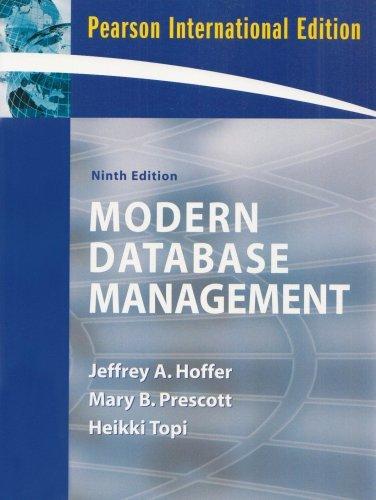Answered step by step
Verified Expert Solution
Question
1 Approved Answer
can someone help me answer part b c and d? i really dont understand what to do. https://www.chegg.com/homework-help/questions-and-answers/consider-two-player-line-game-shown--players-start-visualized-positions-player-moves-first-q10845895 link to graphs 1 2 3 4
can someone help me answer part b c and d? i really dont understand what to do.
https://www.chegg.com/homework-help/questions-and-answers/consider-two-player-line-game-shown--players-start-visualized-positions-player-moves-first-q10845895 link to graphs

Step by Step Solution
There are 3 Steps involved in it
Step: 1

Get Instant Access to Expert-Tailored Solutions
See step-by-step solutions with expert insights and AI powered tools for academic success
Step: 2

Step: 3

Ace Your Homework with AI
Get the answers you need in no time with our AI-driven, step-by-step assistance
Get Started


